How Shutki Became a Bangladeshi Culinary Staple
10 min read Exploring how shutki transformed from local delicacy to a staple ingredient in Bangladeshi culinary culture. August 21, 2025 12:05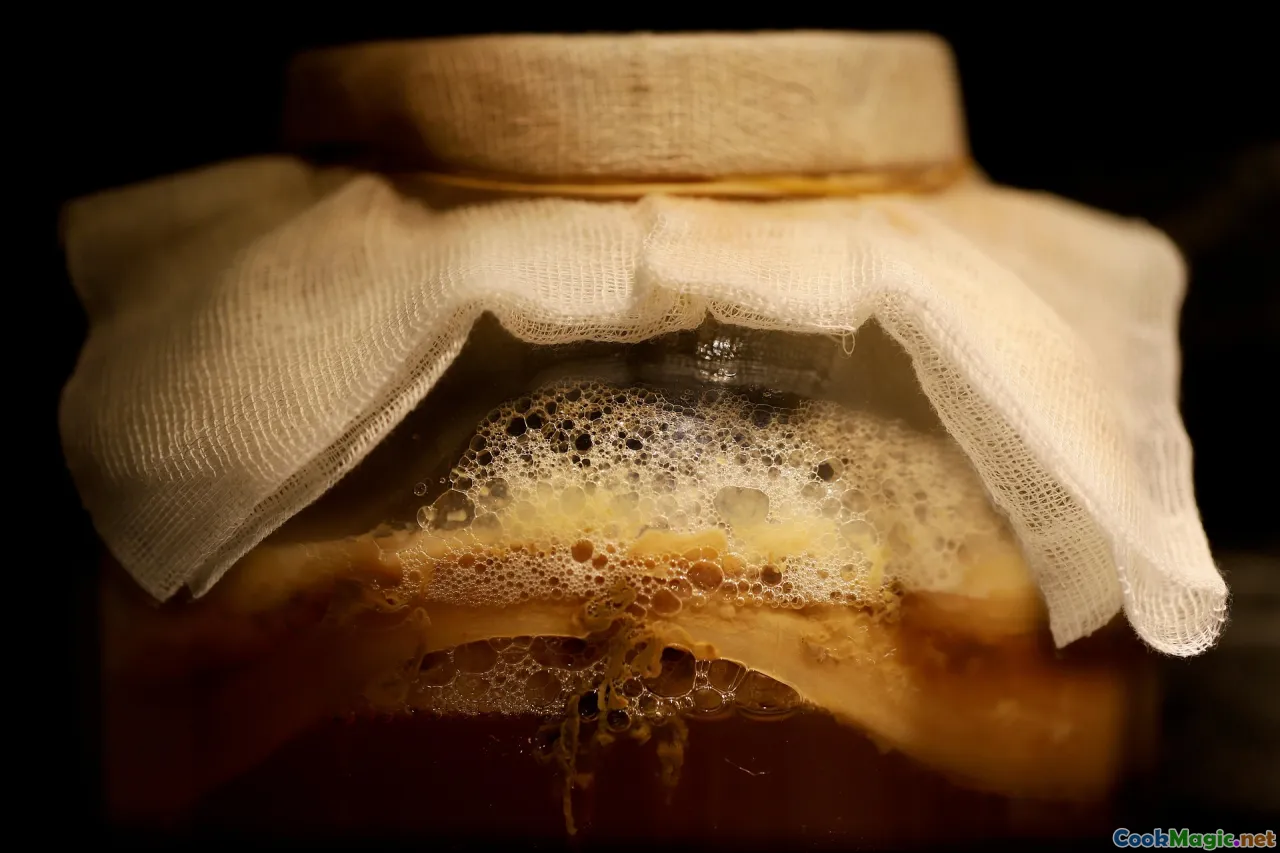
The Humble Beginning: From Coastal Waters to Cultural Cuisine
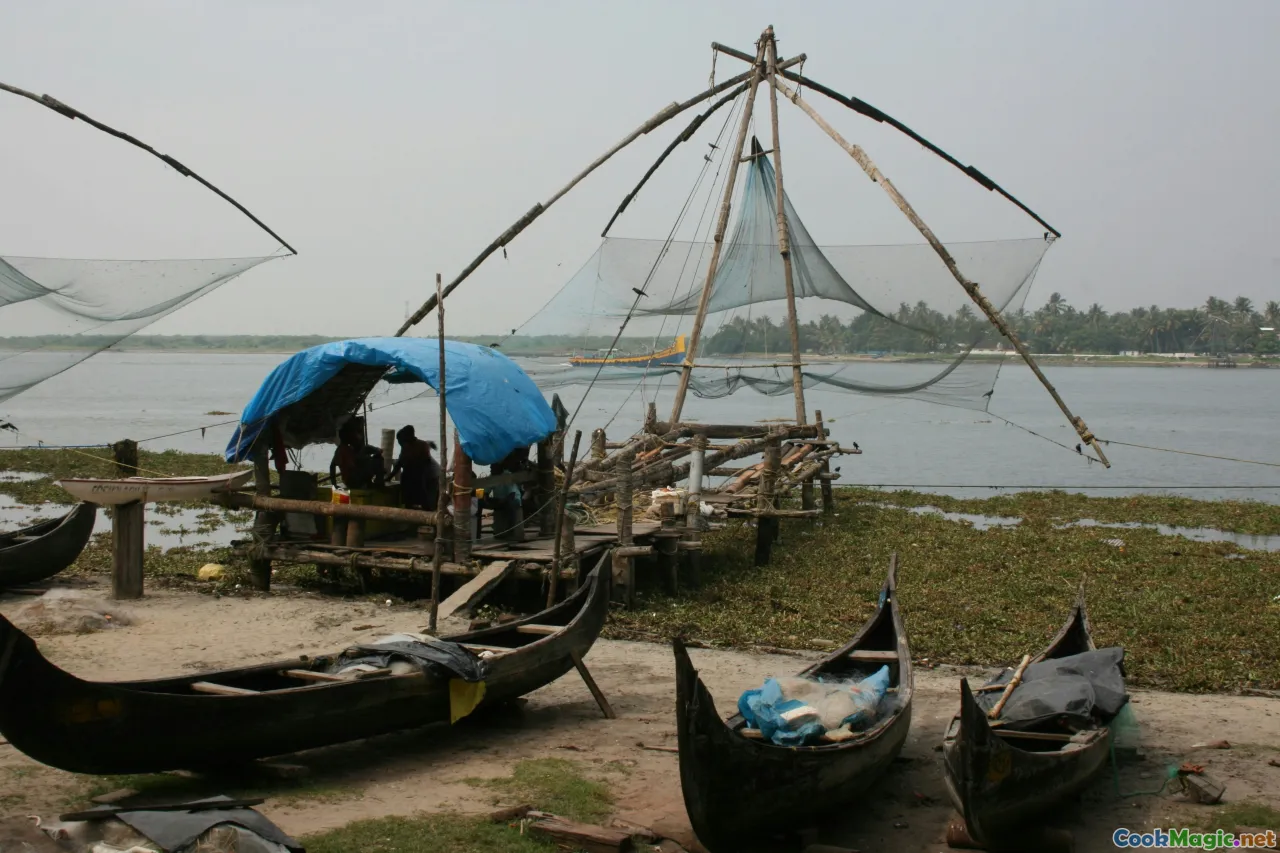
Nestled along the vast, shimmering waters of the Bay of Bengal, Bangladesh’s rich tradition of using preserved fish sources finds its roots deep within its coastal villages. For centuries, generations of fishermen and their families relied on the bounties of the sea—mullet, fish, and other catch—stitched into the very fabric of their daily lives.
Shutki, or dried fish, emerged not simply as a preservation technique but as a culinary necessity that carried economic resilience and cultural identity. Its origins are intertwined with the history of survival in a region where fresh food was often scarce, especially during monsoon floods and lean seasons. Early communities discovered that traditional sun-drying, coupled with salt curing, kept fish edible for months—an imperative for long voyages and winter storage.
The Making of Shutki: Art and Science of Preservation
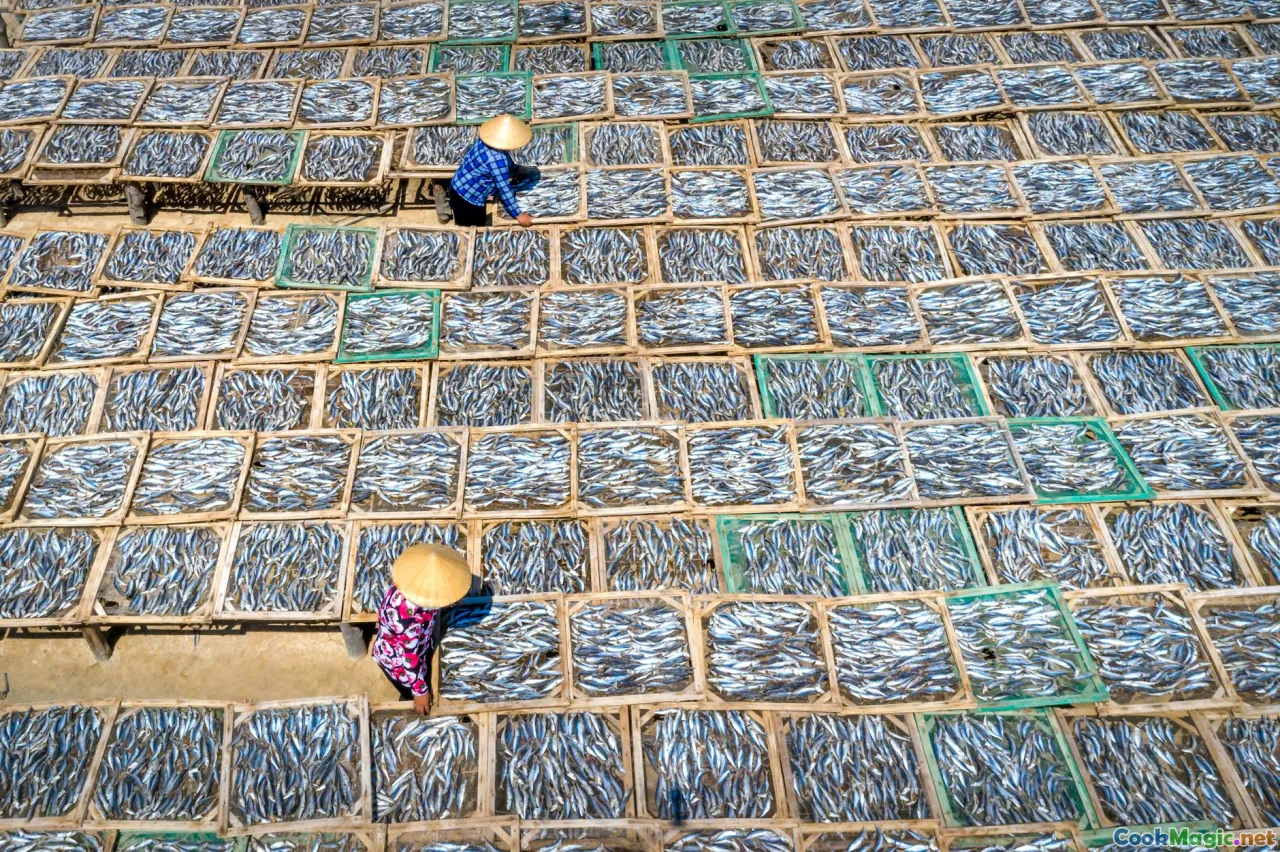
Creating shutki involves a meticulous, labor-intensive process. Freshly caught fish—most commonly small species like Hilsa, Mola, or Anchovies—are thoroughly cleaned, sometimes mixed with salt, then laid out on bamboo mats or drying racks under the intense Kohinoor sun. The process can take from several days to weeks, depending on weather conditions and the type of fish.
The visual transformation from glistening, moist fish to stiff, salty morsels is striking. As they dry, their textures turn from soft and flaky to firm and chewy—an alchemy turning freshness into longevity. The aroma, initially pungent and fishy, takes on an earthy, umami scent as the drying progresses—an unforgettable olfactory marker for Bangladeshis.
Cultural preservation meets sustainability here. No artificial preservatives, just nature’s own method of extension—an eco-friendly solution that continues to sustain coastal communities.
Culinary Canvas: The Versatility and Flavor Profile of Shutki
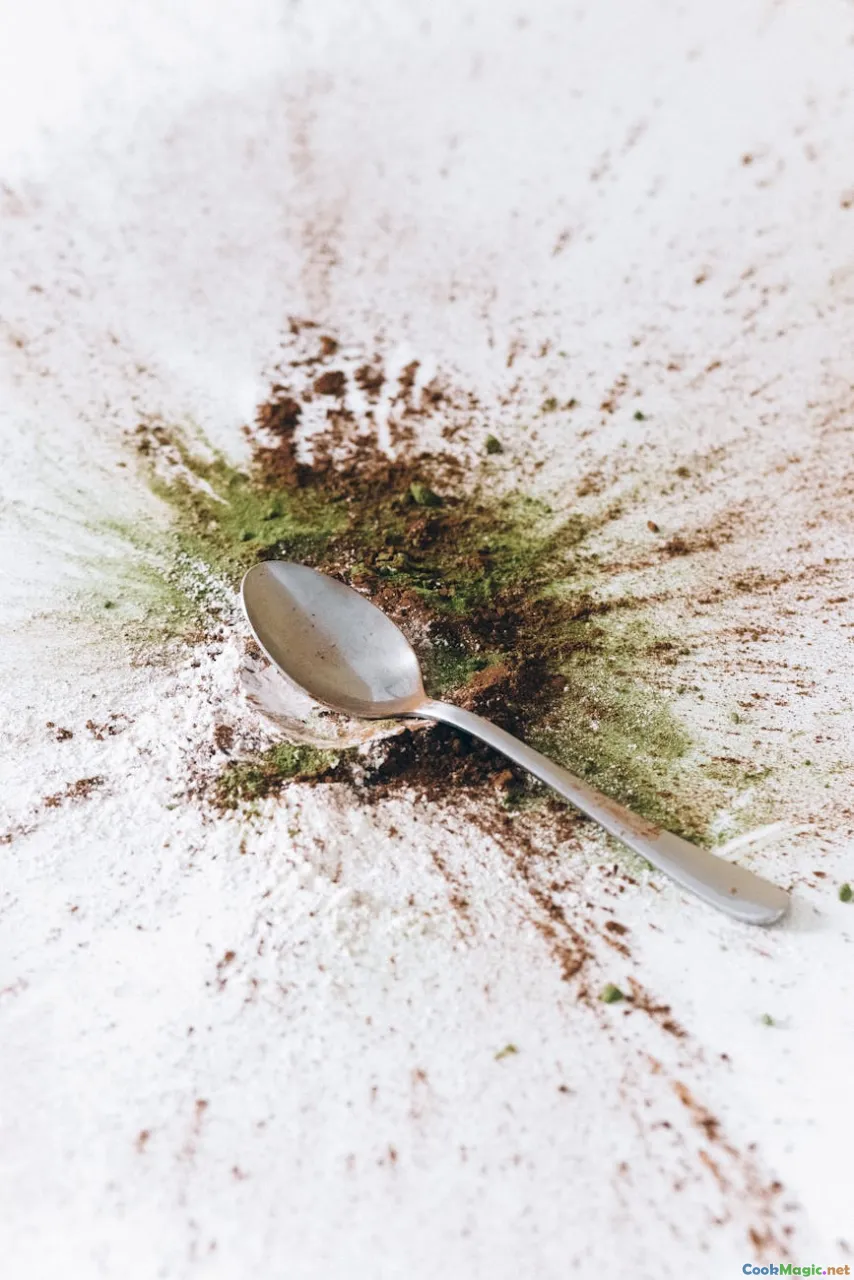
For the uninitiated, shutki might seem intimidating—its intense aroma and firm texture evoke reactions of curiosity or apprehension. But for Bangladeshis, shutki embodies a palette of flavors that can range from pungent and salty to deeply savory.
The characteristic umami punch of shutki lies in its concentration of natural flavors—briny, with subtle smokiness if smoked during processing. When rehydrated or cooked, it releases a complex aroma reminiscent of aged cheese and ocean spray.
Culinary versatility is remarkable. It forms the base of myriad dishes—from simple stir-fries to elaborate curries:
- Shutki Bhuna (Fried Shutki): thin slices seasoned with chili, turmeric, and mustard seed, then crisped up in mustard oil.
- Shutki Mach (Dry Fish Curry): slow-cooked with potatoes, onions, garlic, and tomatoes, allowing the flavors to deepen.
- Shutki Pulao: aromatic rice enriched with pieces of dry fish, offering a smoky depth.
Each dish embodies a harmony of textures—the chewy bite of shutki contrasting with soft rice or crunchy vegetables—and bursts of spicy heat and saltiness that excite the palate.
Traditional and Modern Takes: How Shutki Finds Its Place in Bangladesh Today
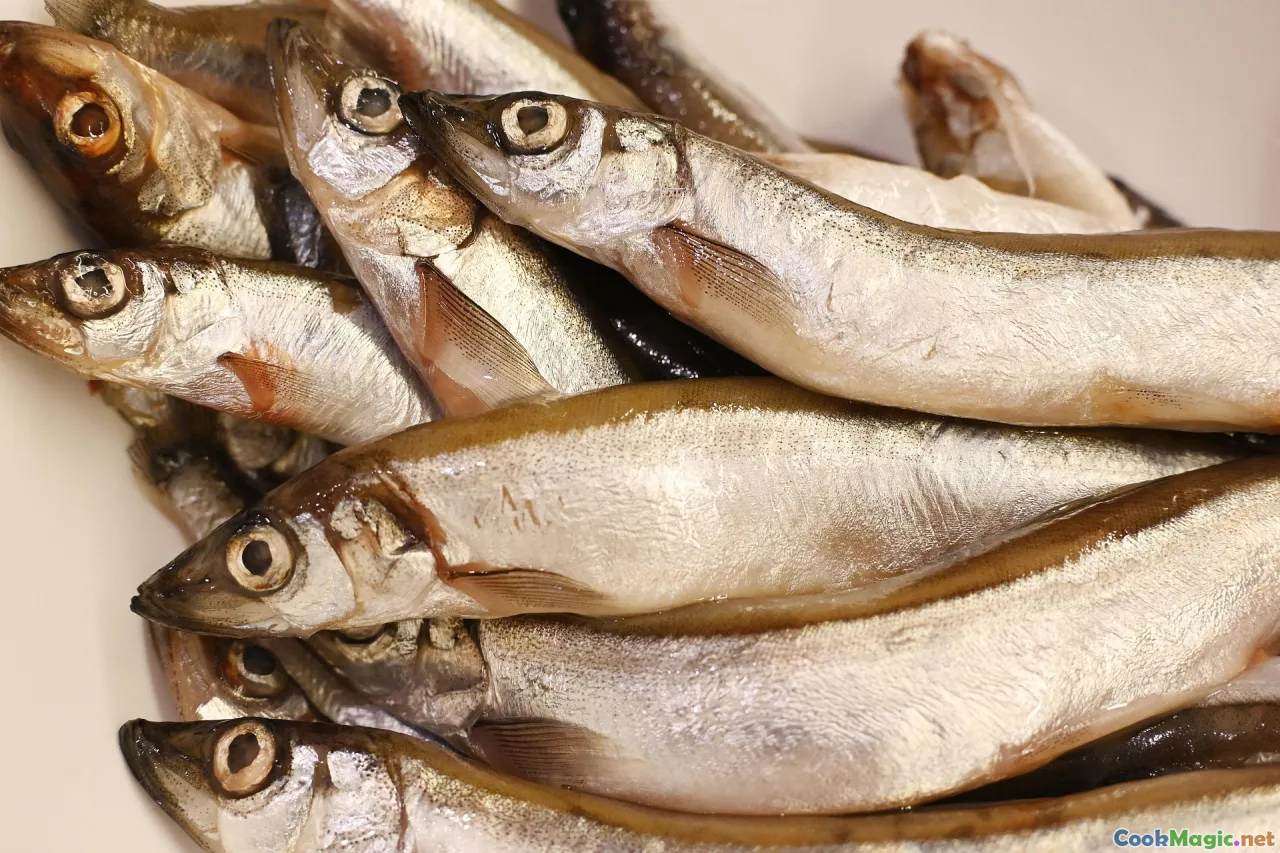
Across Bangladesh, especially in regions like Khulna, Barisal, and Cox’s Bazar, shutki remains an integral part of home-cooked meals and festive spreads. Its significance goes beyond flavor, forging a sense of identity rooted in community and history.
In recent decades, innovative chefs and food artisans are reimagining shutki beyond traditional confines: integrating it into fusion cuisine, street food, and even upscale restaurants. Imagine a fusion shutki pasta where dried fish imparts a salty, umami kick or a shutki-infused dim sum during culinary festivals—these modern iterations bring new audiences to appreciate this age-old delicacy.
Innovations are not merely creative—they are essential for keeping shutki relevant. Chefs use techniques like blanching or soaking to mellow its intensity for Western palates, balancing pungency with aromatic herbs or coconut milk.
Navigating the Bold Flavors: Tips for First-Timers
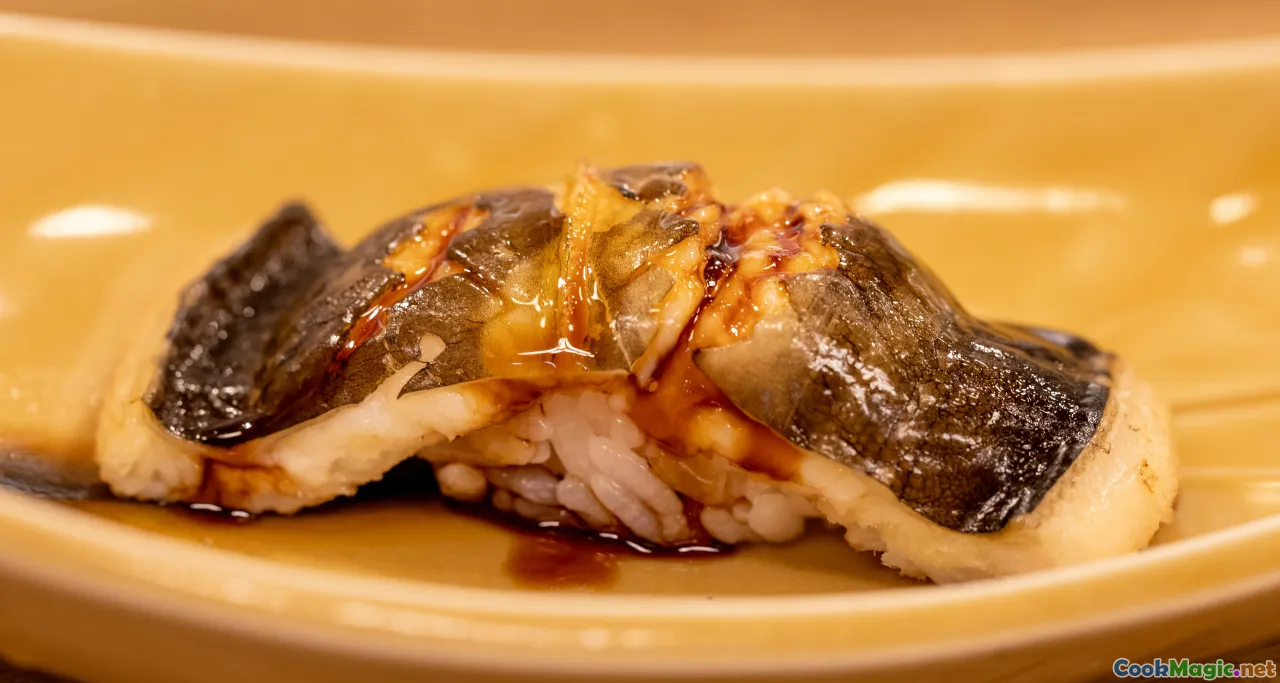
Trying shutki for the first time can be daunting. Its bold aroma and concentrated flavors demand a gentle approach:
- Start Small: Use a small portion in a familiar dish—perhaps a pinch in fried rice or omelette.
- Balance Flavors: Pair with cooling ingredients like cucumber, coconut chutney, or milk-based dishes.
- Soak and Rinse: To reduce saltiness and intensity, soak the dried fish in warm water for 15-20 minutes; rinse thoroughly.
- Cook Properly: Sauté in mustard oil with a dash of turmeric and chili; the heat mellows the pungency while bringing out umami notes.
- Explore Local Markets: Places like Khulna or the Jonaki Bazar are treasure troves of quality shutki and insight from seasoned vendors.
The Emotional and Cultural Significance of Shutki
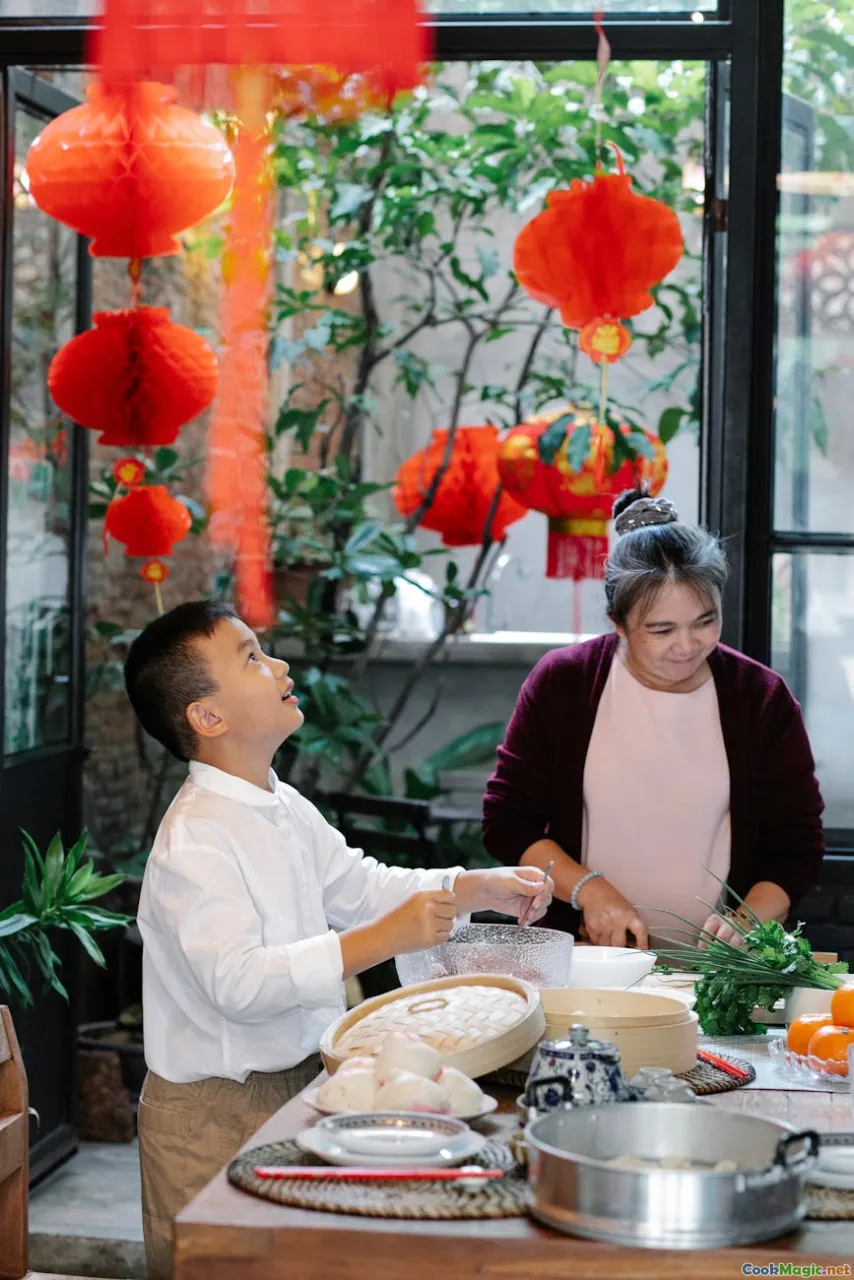
For many Bangladeshis, shutki transcends cuisine—it’s woven into the fabric of familial bonding and cultural identity. It evokes memories of childhood kitchens, bustling markets at dawn, and festive gatherings during Poush and Pohela Boishakh.
Sharing shutki dishes during special occasions reinforces communal ties and celebrates Bangladeshi resilience. It’s a reminder that resourcefulness and reverence for tradition can produce flavors as bold and enduring as the land itself.
Looking Forward: Preserving and Innovating Tradition
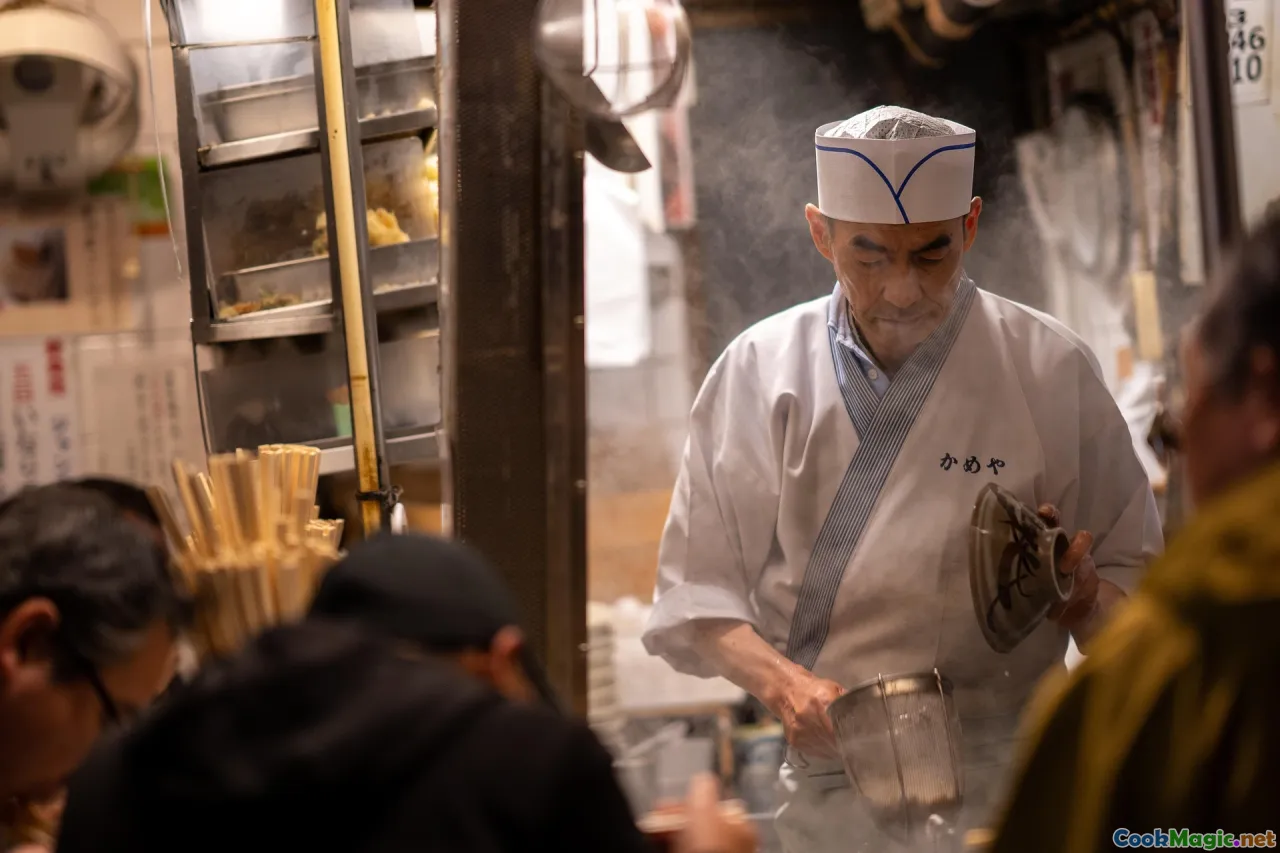
The story of shutki is ongoing. With rising awareness around sustainable practices and cultural heritage, efforts are underway to protect traditional drying methods and promote ethical harvests.
At the same time, a new generation of Bangladeshi chefs is pushing boundaries—crafting dishes that honor tradition while appealing to global palates. Food festivals dedicated to local delicacies showcase shutki’s versatility and resilience.
The future of shutki is in balance—preserving its soul while inviting new interpretations. Whether enjoyed as a comforting home-cooked curry or a daring plate at modern culinary hubs, shutki remains a testament to the enduring ingenuity and spirit of Bangladesh.
In every piece of dry fish lying sun-kissed on bamboo racks, there’s a story of survival, tradition, and flavor—a story that continues to be told across generations, binding Bangladeshi culture with an unbreakable gustatory thread.









